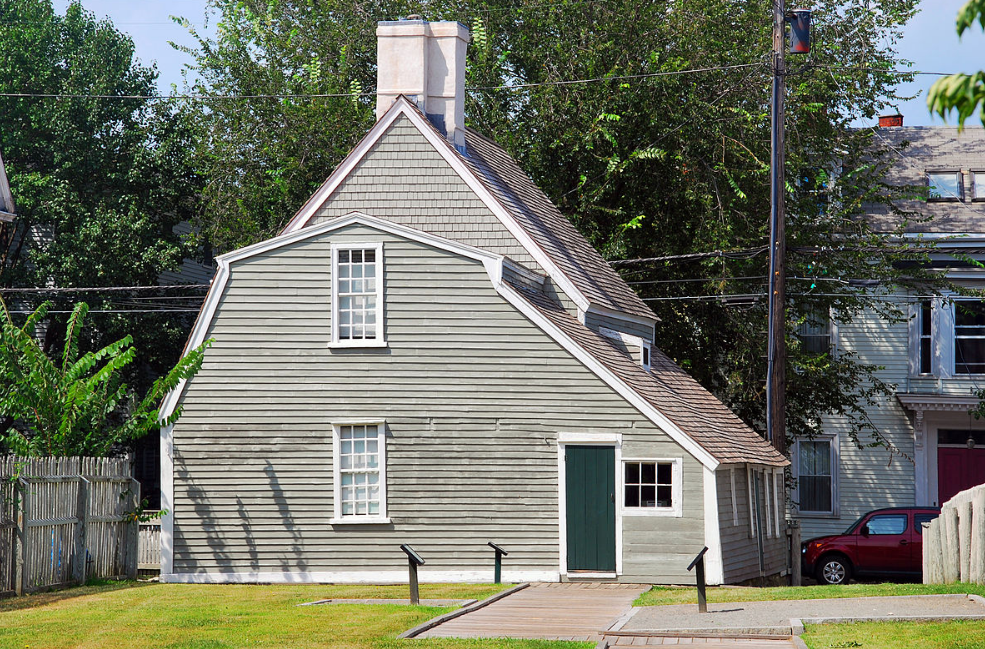Of course, the middle class has been under pressure for years. The situation has become the most complicated after the financial crisis. The authors of the OECD study believe that less pressure on the middle class can be achieved by reducing taxes on workers with average wages and transferring the lost funds to their colleagues with higher wages; attempts to slow down the growth of prices for housing, education and medical care would also help.
OECD classifies middle-class as households with incomes ranging from 75% to 200% of the average. The data varies greatly by country. In the US, for example, people with an annual income of $ 23,400 to $ 62,400 are considered middle class.
Over the past 30 years, the share of the middle class in the population of OECD member countries has decreased from 64 to 61%. The largest decline was recorded in the USA, Germany, Israel, Canada, Finland and Sweden.
The process of renewal of the middle class in developed countries is also too slow. Earlier, up to 70% of 20-year-olds related to the middle class, but now the proportion of young people, known as millennials, has fallen to 60%.
In Japan, for example, you need to have some important technical skills, as well a second job, to get into the middle class.
Share of the middle class in the population of the USA and Israel now fluctuates around 50%, and reaches 70% in the northern countries and a number of other European countries. The relatively low proportion of the middle class in the United States is due to the high average income.
Losses of the middle class are attributed to the “terrible” growth of income compared with the rich stratum of the population. At the same time, prices for a range of goods and services that determine the standard of living of the middle class grew much faster. This is especially true for the cost of housing, which now takes up to a third of all expenses of the middle class. For comparison: this share reached a quarter in 1995.
The trend is well marked in Germany. After 2012, rental housing in the largest German cities has increased dramatically: by almost 70% - in Berlin, and by 43% - in Munich, for example. Real wages for the same six years have increased by 8.4%.
source: oecd.org
OECD classifies middle-class as households with incomes ranging from 75% to 200% of the average. The data varies greatly by country. In the US, for example, people with an annual income of $ 23,400 to $ 62,400 are considered middle class.
Over the past 30 years, the share of the middle class in the population of OECD member countries has decreased from 64 to 61%. The largest decline was recorded in the USA, Germany, Israel, Canada, Finland and Sweden.
The process of renewal of the middle class in developed countries is also too slow. Earlier, up to 70% of 20-year-olds related to the middle class, but now the proportion of young people, known as millennials, has fallen to 60%.
In Japan, for example, you need to have some important technical skills, as well a second job, to get into the middle class.
Share of the middle class in the population of the USA and Israel now fluctuates around 50%, and reaches 70% in the northern countries and a number of other European countries. The relatively low proportion of the middle class in the United States is due to the high average income.
Losses of the middle class are attributed to the “terrible” growth of income compared with the rich stratum of the population. At the same time, prices for a range of goods and services that determine the standard of living of the middle class grew much faster. This is especially true for the cost of housing, which now takes up to a third of all expenses of the middle class. For comparison: this share reached a quarter in 1995.
The trend is well marked in Germany. After 2012, rental housing in the largest German cities has increased dramatically: by almost 70% - in Berlin, and by 43% - in Munich, for example. Real wages for the same six years have increased by 8.4%.
source: oecd.org





